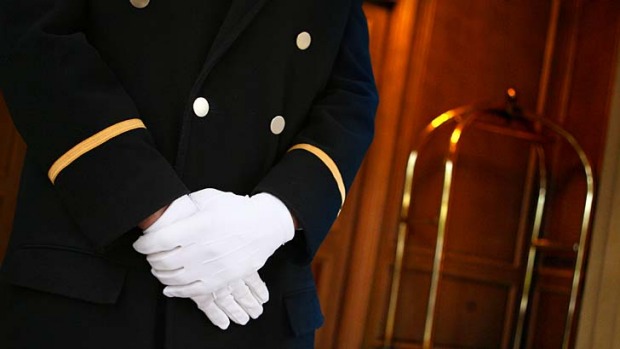
What does a five-star hotel rating really mean?
It all depends who’s giving out the stars.
If it’s a respected motoring organisation that casts its eye over the national hotel stock, the yardstick might well be different from a hotel’s own assessment of its place on the star ladder.
There is no universal classification system that offers an internationally recognised and reliable standard.
In Australia, the most wide-ranging star rating system comes from AAA Tourism, which awards a five-star rating to just six Sydney hotels, with nine in Melbourne. Participation is by request and hotels pay to be included, and some of the city’s heavy hitters including the Park Hyatt, the Hilton and the Four Seasons decline to participate.
In common with most other ratings agencies, AAA Tourism sees no need for anything higher than a five-star rating.
Dubai’s egregious Burj al Arab awards itself seven stars, which is a high place from which to fall.
Most ratings agencies focus on amenities, since they make for easy benchmarking. A full-length room mirror, a tea and coffee maker and a hairdryer, even if it’s the anaemic, wall-holstered variety, will all help a property garner more stars.
Some ratings agencies bring greater rigour to the star business. The Forbes Travel Guide despatches anonymous, professional inspectors to stay at a property and assess it against 500 performance measures, turning the spotlight on service delivery and personal attention, as well considering the thread count of the linen.
The latest Forbes Travel Guide gives just seven London hotels a five-star rating, the same number as New York, and neither The Ritz nor the Mandarin Oriental Hyde Park made the top shelf.